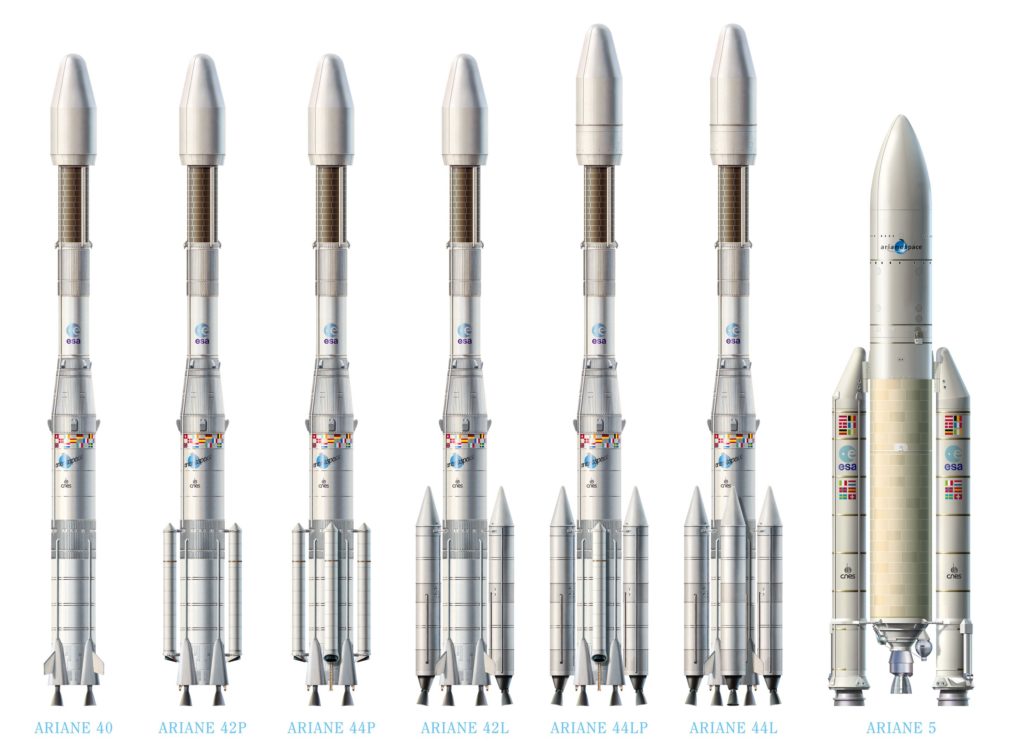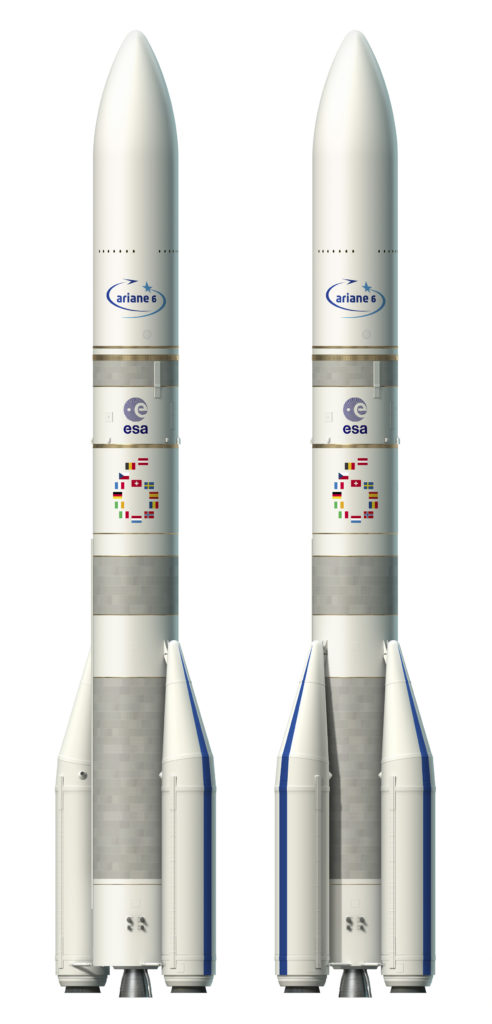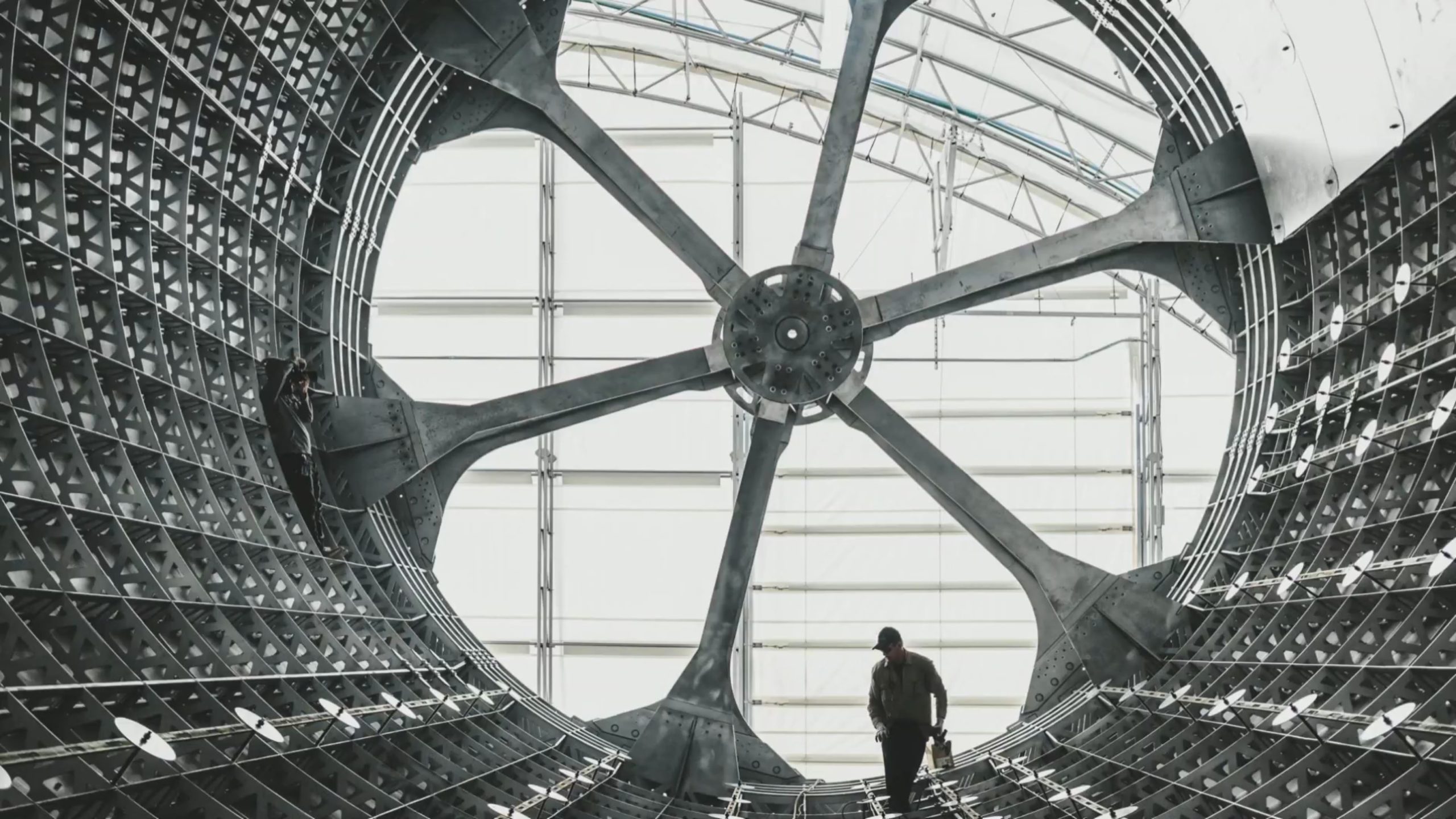
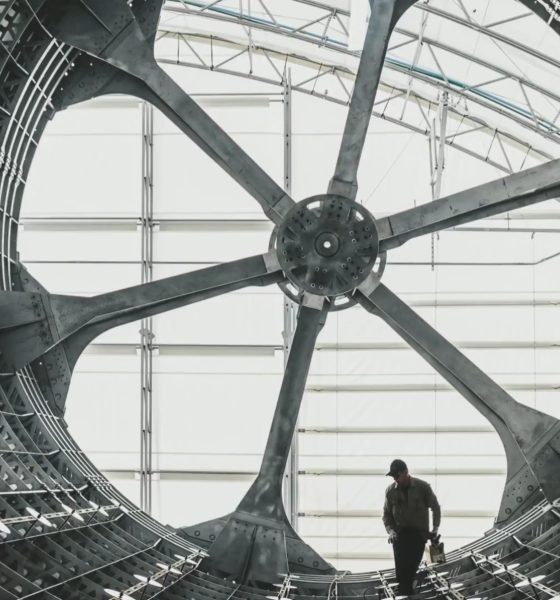
News
SpaceX’s BFR and Raptor deemed “science-fiction” by French space agency manager
Speaking in a September 7th interview with French newspaper Courrier International, Dr. Francis Rocard – director of French space agency CNES’ solar system exploration program – had little good to say about SpaceX and CEO Elon Musk’s long-term ambitions in space, going so far as to question the CEO’s driving ethics and label the company’s next-generation rocket and propulsion system “science-fiction”.
- Ariane’s lineage. (ESA)
- Ariane 62 and 64. (ESA)
- Falcon 9 Block 5 will be absolutely critical to the success (and even the basic completion) of Starlink. (Tom Cross)
- BFR (2018) breaks through a cloud layer shortly after launch. (SpaceX)
Pehaps best known for its involvement in interplanetary space exploration missions like Rosetta and European launch provider Arianespace, CNES is providing a bit less than 25% of the $3.8 billion ESA is spending to develop the Ariane 6 rocket, as well as another $700m for the construction of a new launch pad and support facilities at the space agency’s French Guiana spaceport.
ArianeGroup, a public-private partnership and company, plans to begin replacing its highly successful Ariane 5 rocket with Ariane 6 as early as 2020 and is providing roughly $475 million of its own money to develop that launch vehicle. Ariane 5, which just completed its 100th successful launch on September 25th, costs between $165m and $220m (2016) per launch and is fully expendable, while Ariane 6 – also fully expendable – is targeting a slightly more practical cost between $100m and $130m per flight.
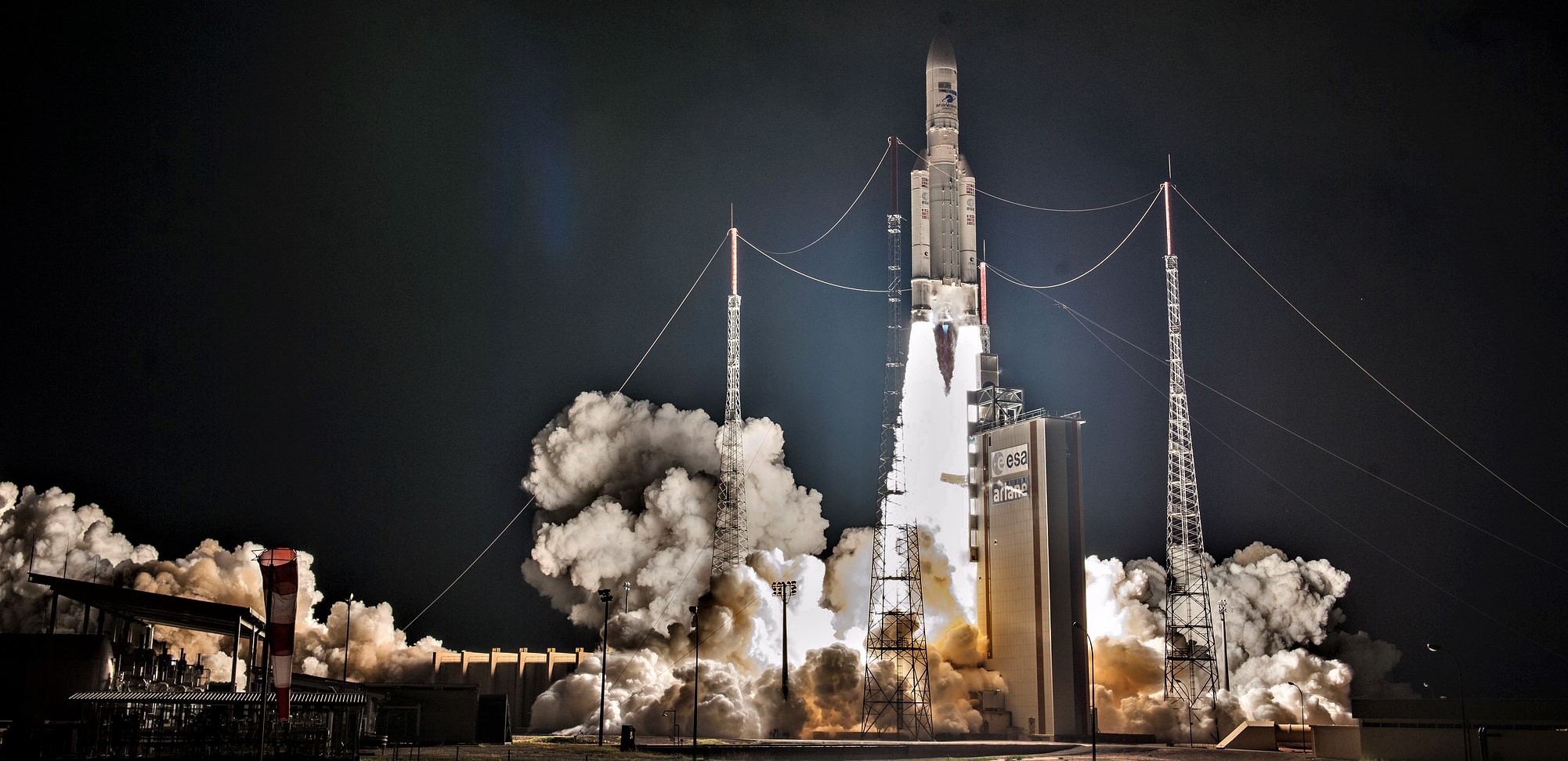
Differences between Ariane 5 and Ariane 6 are exceedingly minor, with the majority of differences found in the cost of each rocket. The end result for customers is essentially the exact same performance of Ariane 5 (or significantly worse) for at most a 40% discount. Ariane 6 will have light (2 solid rocket boosters) and heavy (4 SRBs) variants, and the light variant (known as Ariane 62) is expected to cost no more than 20% less than its heavy cousin while offering considerably less than half the performance.
This poses a major issue for ArianeGroup, as its current Ariane 5 only marginally functions as a commercial rocket thanks to an extensive reliance on dual-satellite launches, in which two different payloads are manifested on the same rocket in order to halve the cost each customer must pay. According to Arianespace, the best possible price a customer might wind up paying for one of Ariane 5’s two slots is ~$60m, essentially the same as the base price for a dedicated Falcon 9 launch. The problem, however, lies in the reality that Ariane 62 will be effectively incapable of performing the same dual-manifest launches but end up costing significantly more for a dedicated launch than the $60m-$100m Ariane 5 customers currently expect.
- This exploded view shows how Ariane 5 launches two large satellites at once. (ESA)
- A render showing Ariane 64. (Arianespace)
- A gif of Raptor throttling over the course of a 90+ second static-fire test in McGregor, Texas. (SpaceX)
- Yusaku Maezawa stands on the first BFR composite tank/fuselage section prior to his Sept. 17 announcement. (Yusaku Maezawa)
Ariane 64, at most a 40% cheaper replacement for Ariane 5, doesn’t even have a tentative launch debut date set, while Ariane 62 is pencilled in for a 2020 debut with several more launches soon after, potentially ramping up to a dozen missions per year in the mid-2020s. Rocard, while not directly involved in CNES’ own tenative work with reusable rocket experiments or its relationship with Ariane rockets, placed himself in an inopportune position by so bluntly dismissed and demeaning the near to long-term ambitions of SpaceX.
Not only are BFR and Raptor quite literally real enough to touch, but SpaceX’s Falcon 9 Block 5 is beginning to ramp up launch and reuse activities, placing the launch upstart in a position where the long-term survival – let alone success – of ArianeGroup and its Ariane 6 rockets seems no less likely than SpaceX’s realization of its Mars aspirations in the 2020s and 2030s. May the best rockets win.
For prompt updates, on-the-ground perspectives, and unique glimpses of SpaceX’s rocket recovery fleet check out our brand new LaunchPad and LandingZone newsletters!

News
Tesla China delivery centers look packed as 2025 comes to a close
Needless to say, it appears that Tesla China seems intent on ending 2025 on a strong note.

Tesla’s delivery centers in China seem to be absolutely packed as the final days of 2025 wind down, with photos on social media showing delivery locations being filled wall-to-wall with vehicles waiting for their new owners.
Needless to say, it appears that Tesla China seems intent on ending 2025 on a strong note.
Full delivery center hints at year-end demand surge
A recent image from a Chinese delivery center posted by industry watcher @Tslachan on X revealed rows upon rows of freshly prepared Model Y and Model 3 units, some of which were adorned with red bows and teddy bears. Some customers also seem to be looking over their vehicles with Tesla delivery staff.
The images hint at a strong year-end push to clear inventory and deliver as many vehicles as possible. Interestingly enough, several Model Y L vehicles could be seen in the photos, hinting at the demand for the extended wheelbase-six seat variant of the best-selling all-electric crossover.
Strong demand in China
Consumer demand for the Model Y and Model 3 in China seems to be quite notable. This could be inferred from the estimated delivery dates for the Model 3 and Model Y, which have been extended to February 2026 for several variants. Apart from this, the Model Y and Model 3 also continue to rank well in China’s premium EV segment.
From January to November alone, the Model Y took China’s number one spot in the RMB 200,000-RMB 300,000 segment for electric vehicles, selling 359,463 units. The Model 3 sedan took third place, selling 172,392. This is quite impressive considering that both the Model Y and Model 3 are still priced at a premium compared to some of their rivals, such as the Xiaomi SU7 and YU7.
With delivery centers in December being quite busy, it does seem like Tesla China will end the year on a strong note once more.
News
Tesla Giga Berlin draws “red line” over IG Metall union’s 35-hour week demands
Factory manager André Thierig has drawn a “red line” against reducing Giga Berlin’s workweek to 35 hours, while highlighting that Tesla has actually increased its workers’ salaries more substantially than other carmakers in the country.

Tesla Giga Berlin has found itself in a new labor dispute in Germany, where union IG Metall is pushing for adoption of a collective agreement to boost wages and implement changes, such as a 35-hour workweek.
In a comment, Giga Berlin manager André Thierig drew a “red line” against reducing Giga Berlin’s workweek to 35 hours, while highlighting that Tesla has actually increased its workers’ salaries more substantially than other carmakers in the country.
Tesla factory manager’s “red line”
Tesla Germany is expected to hold a works council election in 2026, which André Thierig considers very important. As per the Giga Berlin plant manager, Giga Berlin’s plant expansion plans might be put on hold if the election favors the union. He also spoke against some of the changes that IG Metall is seeking to implement in the factory, like a 35-hour week, as noted in an rbb24 report.
“The discussion about a 35-hour week is a red line for me. We will not cross it,” Theirig said.
“(The election) will determine whether we can continue our successful path in the future in an independent, flexible, and unbureaucratic manner. Personally, I cannot imagine that the decision-makers in the USA will continue to push ahead with the factory expansion if the election results favor IG Metall.”
Giga Berlin’s wage increase
IG Metall district manager Jan Otto told the German news agency DPA that without a collective agreement, Tesla’s wages remain significantly below levels at other German car factories. He noted the company excuses this by referencing its lowest pay grade, but added: “The two lowest pay grades are not even used in car factories.”
In response, Tesla noted that it has raised the wages of Gigafactory Berlin’s workers more than their German competitors. Thierig noted that with a collective agreement, Giga Berlin’s workers would have seen a 2% wage increase this year. But thanks to Tesla not being unionized, Gigafactory Berlin workers were able to receive a 4% increase, as noted in a CarUp report.
“There was a wage increase of 2% this year in the current collective agreement. Because we are in a different economic situation than the industry as a whole, we were able to double the wages – by 4%. Since production started, this corresponds to a wage increase of more than 25% in less than four years,” Thierig stated.
News
Tesla is seeing a lot of momentum from young Koreans in their 20s-30s: report
From January to November, young buyers purchased over 21,000 Teslas, putting it far ahead of fellow imported rivals like BMW and Mercedes-Benz.

Tesla has captured the hearts of South Korea’s 20s-30s demographic, emerging as the group’s top-selling imported car brand in 2025. From January to November, young buyers purchased over 21,000 Teslas, putting it far ahead of fellow imported rivals like BMW and Mercedes-Benz.
Industry experts cited by The Economist attributed this “Tesla frenzy” to fandom culture, where buyers prioritize the brand over traditional car attributes, similar to snapping up the latest iPhone.
Model Y dominates among young buyers
Data from the Korea Imported Automobile Association showed that Tesla sold 21,757 vehicles to the 20s-30s demographic through November, compared to BMW’s 13,666 and Mercedes-Benz’s 6,983. The Model Y led the list overwhelmingly, with variants like the standard and Long Range models topping purchases for both young men and women.
Young men bought around 16,000 Teslas, mostly Model Y (over 15,000 units), followed by Model 3. Young women followed a similar pattern, favoring Model Y (3,888 units) and Model 3 (1,083 units). The Cybertruck saw minimal sales in this group.
The Model Y’s appeal lies in its family-friendly SUV design, 400-500 km range, quick acceleration, and spacious cargo, which is ideal for commuting and leisure. The Model 3, on the other hand, serves as an accessible entry point with lower pricing, which is valuable considering the country’s EV subsidies.
The Tesla boom
Experts described Tesla’s popularity as “fandom culture,” where young buyers embrace the brand despite criticisms from skeptics. Professor Lee Ho-geun called Tesla a “typical early adopter brand,” comparing purchases to iPhones.
Professor Kim Pil-soo noted that young people view Tesla more as a gadget than a car, and they are likely drawn by marketing, subsidies, and perceived value. They also tend to overlook news of numerous recalls, which are mostly over-the-air software updates, and controversies tied to the company.
Tesla’s position as Korea’s top import for 2025 seems secured. As noted by the publication, Tesla’s December sales figures have not been reported yet, but market analysts have suggested that Tesla has all but secured the top spot among the country’s imported cars this year.
